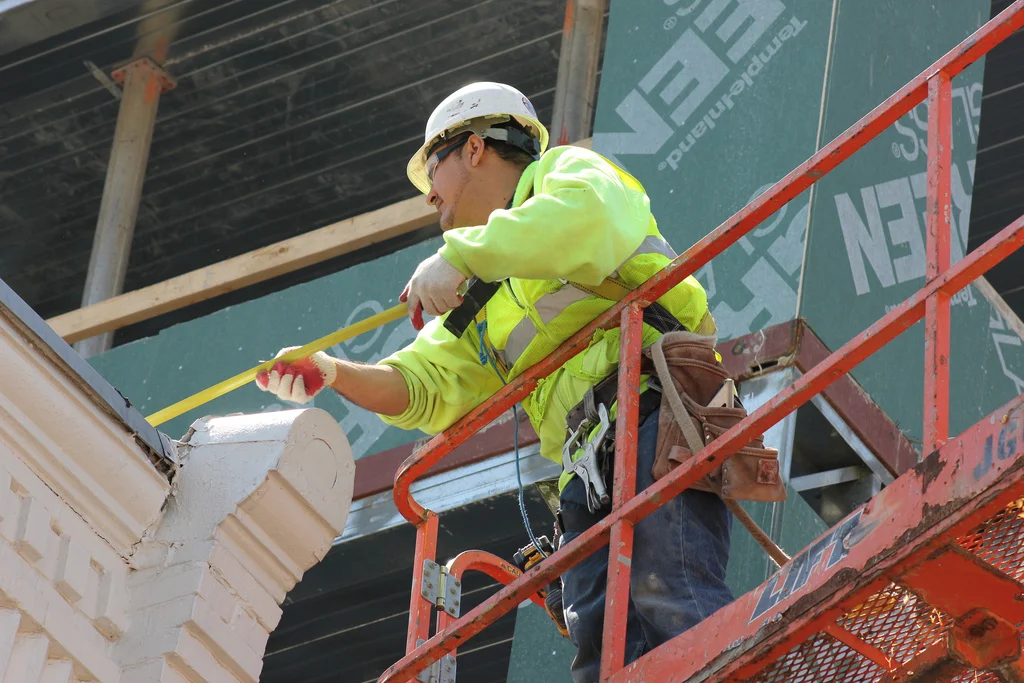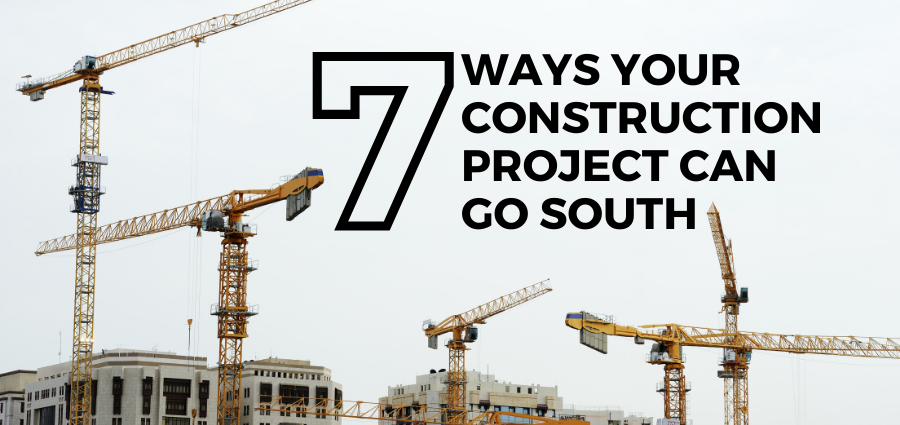A recent study by the Master Builders Association of Victoria has evaluated the annual earnings of hourly non-managerial employees in the construction industry and analyzed the impacts on the Australian construction industry and economy as a whole. The report’s findings highlight the enormous labor wage increase of construction workers under union contracts in Victoria, Australia and compared those earned wages to other major salaried workers in the area.
The study seems to have been sparked by upcoming Enterprise Bargaining Agreement (EBA) wage negotiations, in an effort to show how the past construction wage increases have hurt other industries and decreased Victoria’s ability to upgrade necessary infrastructure in the near future. Victoria, for those of us unfamiliar with Australian states, is located on the South-East side of the continent and contains the city of Melbourne. It is Australia’s second most populated state and the home of Australian rules football.
The chart below shows the average annual earnings for 18 of the most popular jobs in the state of Victoria and shows that only medical practitioners make more than union carpenters and unskilled construction laborers. These dollar amounts are in Australian dollars, which, at the current conversion rate, are roughly 31% higher than US Dollars. The cost of living is roughly the same as a standard American city, give or take a few percentage points, according to Numbeo. The annual earnings for union workers double the average earnings for all occupations and even top engineer salaries by $30,000 USD.
Conversion to US Dollars
Union Carpenter = $141,224 AUS = $97,605.56 USD
Unskilled Union Laborer = $130,859 AUS = $90,441.89 USD
Engineer = $93,673 AUS = $64,741.16 USD
Average of All Occupations = $68,479 AUS = $47,328.58 USD
The Master Builders Association of Victoria warns that wage increases in the construction industry are unsustainable and will damage the community and hurt those not in the construction industry, due to tax increases to pay for necessary construction. The associations report also points out that productivity increases have been slower in Victoria than in other parts of Australia and labor costs have outgrown that rate by more than 2.4 percent per year.
The report estimates that the city will have to spend nearly $700 million extra for necessary infrastructure repair to meet the demands of wage increases, which would be footed by the tax payers.
What do you think? Should union laborers feel bad about their wage increases? Should they accept lower wages during the next round of negotiations? Tell us in the comments below!
Full Report: Victorian construction– labour costs and productivity | Deloitte Access Economics
Excessive Construction EBA Wage Hikes Threaten Victorian Jobs and Infrastructure | MBAV News













